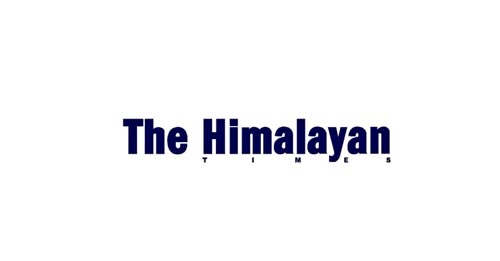EDITORIAL: Costly Dashain
Regular market monitoring – not just during festival time – could have prevented this Dashain from turning sour for many Nepalis
It’s that time of the year when Nepalis, no matter where they live – inside the country or outside – make it a point to return to their parental homes in the districts to celebrate one of the biggest festivals of Nepal, Dashain. The festival lasting for 10 days marks the victory of good over evil and is symbolised by the destruction of the demon, Mahisasur, by the all powerful female force, Goddess Durga. People leave no stones unturned to be home for the festival to receive tika and blessings from their parents and other elders, which is indeed the ethos of the celebration. According to media reports, more than a million people have left the capital already, and the population will thin even more as government offices start officially closing from Saturday. The long Dashain break looks like it is all filled with fun and excitement, and it would have, were it not for the woes that accompany it. They range from artificial price hike of basic commodities to unavailability of bus tickets to unhygienic foodstuffs sold to unsuspecting consumers.
In the absence of a railway network in Nepal, the passengers have no option other than to take a bus or a flight to their destinations. Although the state has tried to make maximum arrangements to see that passengers can be home for the Dashain celebrations in time, the number of vehicles available is never sufficient to cope with the rush. Being able to get a seat on a bus is considered an achievement – even if passengers have paid double for a ticket - but the ordeal of travelling home has only begun. Buses have been found stuck on the highway leading out of the valley for hours due to the traffic jam. Elsewhere in the country, the poor condition of the road – at times which is no more than a muddy stretch – makes the journey really treacherous. The traffic police have a big role to play in making the traffic smooth and the journey safe. They need to especially keep an eye on the reckless drivers to prevent accidents that Nepal’s roads are known for.
In the past, the Dashain celebrations used to be a huge financial burden on families. But even with a Dashain bonus that employees get today, the financial load is just as big, thanks to the unscrupulous traders who have no qualms about giving short measures to creating artificial shortages and raising the price of foodstuffs. Dashain is the time when people indulge in partaking of meat varieties, but this year the price of mutton is expected to touch Rs 1,500 a kilo when the real Dashain celebrations begin from Sunday. Onions are selling at Rs 150 a kilo, which cost just Rs 30 during the previous Dashain festival. Onions are dear this year as India, our major supplier, itself is facing scarcity and has put a ban on their export. While there is little the government can do when the country does not produce enough food on its own, yet effective market monitoring would have greatly stabilised their prices. When the dealers engage in unethical practices right under the nose of the authorities in the capital, it means that the government is ineffective. Regular market monitoring – not just during festival time – could have prevented the Dashain from turning sour for many Nepalis.
4G internet
The state-owned Nepal Telecom (NT) has expanded its 4G internet service in 50 cities of 32 districts covering all seven provinces. Prime Minister KP Sharma Oli Wednesday carried out a soft launch of the high-speed internet beyond the Kathmandu Valley and Pokhara. On the occasion, the PM urged the governments, public offices and general public to make good use of the latest information technology to boost the economy and services.
It is information technology that has transformed the entire world. But Nepal has not been able to make good use of it for economic progress. Farmers can use this technology to sell their produce at competitive prices and can also adopt the newest farming techniques to increase productivity. But the only thing is, how to use the technology that is available at the fingertip. According to NT officials, subscribers need to switch to U-SIM to avail 4G service. NT has ensured availability of U-SIM in the cities where this service has been launched. Subscribers can exchange their old SIM cards for the new U-SIM free of charge. NT has over 3 million 4G subscribers all over the country. NT had launched its 4G internet service in 2017 but could not expand the service due to alleged financial irregularities.






